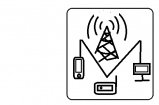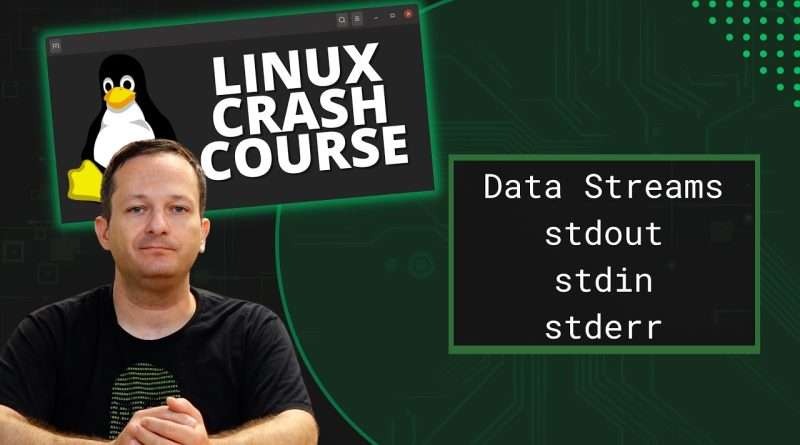Linux Crash Course – Data Streams (stdin, stdout & stderr)
In this episode of Linux Crash Course, we’ll go over data streams. Specifically, Standard Output (stdout), Standard Input (stdin), and Standard Error (stderr). We’ll also take a look at how to redirect specific data streams, so you can easily separate errors from output.
*LPI Linux Essentials Course Available*
Check out the new course on Udemy! ➜ https://learnlinux.link/lpi-course
➜ https://learnlinux.link/lpi-course
*Check out the Linux Shop*
In the official shop, you’ll find Shirts, hats, stickers, bags and more!
➜ https://merch.learnlinux.tv
*5% discount on LPI exam vouchers*
After you finish Jay’s new course, get 5% off an LPI exam voucher here:
➜ https://learnlinux.link/lpi-voucher
*Become a Patron*
Show your support for Learn Linux TV on Patreon and get access to exclusive perks!
➜ https://learnlinux.link/patron
*Become a Channel Member*
Show your support for Learn Linux TV here on YouTube and get access to exclusive perks!
➜ https://learnlinux.link/member
*Mastering Ubuntu Server: 4th Edition*
Jay’s latest book covers everything you need to know in order to master Ubuntu Server. It’s available here:
➜ https://ubuntuserverbook.com
*Linux Gear and Kits*
Check out Jay’s choice of hardware products, audio/video equipment, and more.
➜ https://learnlinux.link/amazon
*Grab an awesome Pi-powered KVM*
Support Learn Linux TV and grab yourself a TinyPilot KVM here:
➜ https://learnlinux.link/tinypilot
_Note: Royalties and/or commission is earned from each of the above links_
*Time Codes*
00:00 – Intro
00:41 – Quick note regarding input/output
01:17 – The three data streams (standard input, standard output, and standard error)
03:06 – Example of Standard Error (stderr)
03:47 – Using the echo command to find the return code
05:54 – Example of both standard output and standard error from one command
07:47 – Splitting standard output and standard error
09:06 – Number designations for stdin, stdout, and stderr
10:24 – Sending stdout and stderr to different files
*Full Courses from Learn Linux TV*
• Linux Essentials Certification Workshop ➜ https://learnlinux.link/lpi-course
• Linux Crash Course series ➜ https://linux.video/cc
• Learn how to use tmux ➜ https://linux.video/tmux
• Learn how to use vim ➜ https://linux.video/vim
• Bash Scripting Series ➜ https://linux.video/bash
• Proxmox VE Cluster Full Course ➜ https://linux.video/pve
• Learn Ansible ➜ https://linux.video/ansible
*Linux-related Podcasts*
• Enterprise Linux Security ➜ https://enterpriselinuxsecurity.show
• The Homelab Show ➜ https://thehomelab.show
*Learn Linux TV on the Web*
• Main site ➜ https://www.learnlinux.tv
• Community ➜ https://community.learnlinux.tv
• Enterprise Linux Security Podcast ➜ https://enterpriselinuxsecurity.show
• The Homelab Show Podcast ➜ https://thehomelab.show
• Content Ethics ➜ https://www.learnlinux.tv/content-ethics
• Request Assistance ➜ https://www.learnlinux.tv/request-assistance
*Disclaimer*
Learn Linux TV provides technical content that will hopefully be helpful to you and teach you something new. However, this content is provided without any warranty (expressed or implied). Learn Linux TV is not responsible for any damages that may arise from any use of this content. The person viewing Learn Linux TV’s content is expected to follow their best judgement and to make their best decisions while working with any related technology. Always make sure you have written permission before working with any infrastructure. Also, be sure that you’re compliant with all company rules, change control procedures, and local laws.
Views : 48580
linux




